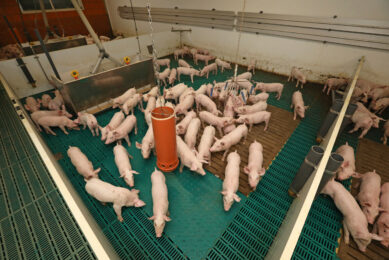Germany’s dioxin-warning system becomes law
As a consequence of the dioxin scandal a dioxin-warning system for food and feed has been enshrined into law in Germany. The Federal Council on Friday 17 June, agreed to impose stricter regulations for dioxin monitoring in food and feed law (LFGB).
The dioxin-warning system is part of the “Action Plan of consumer protection in the animal feed chain,” which is being implemented by federal and state governments. Food and feed business operators are now required by law to report all results of dioxin research from its own controls.
The Federal Office for Consumer Protection and Food Security will collect this information in a database will evaluate it every three months.
Also, private laboratories will be required to report any results of serious amounts of non-desired substances in food or feed to the relevant authorities.
More secure food chain
“With this dioxin-warning system contaminants are detected early in foods and the supervisory authorities may intervene quickly and effectively. The food chain is more secure and has tightened the net of controls, ” Agricultural Minister Ilse Aigner said.
“Now it’s up to the companies and federal states to follow up the new regulatory framework with intensive checks and make an important contribution to further improved food security in Germany,” she said.
Penalties
In future, violations of the law are classified as a crime, if entrepreneurs fail to comply with certain reporting obligations. A prison sentence of up to two years or a fine of up to €100,000 will be given to those who deliberately bring foods on the market that are not suitable for consumption.
The action plan for consumer protection through the animal feed chain consists of the following measures:
1. Authorization requirement for feed businesses
2. Two separate production streams of edible fats and technical fats
3. Extending legal requirements for the control of animal feed ingredients
4. Reporting requirements for private laboratories
5. Binding liability of the positive list of feed ingredients
6. Hedging of the liability risk
7. Review of the penalty framework
8. Expanding dioxin monitoring / Building an early warning system
9. Improving the quality of food and feed monitoring
10. Transparency for consumers











